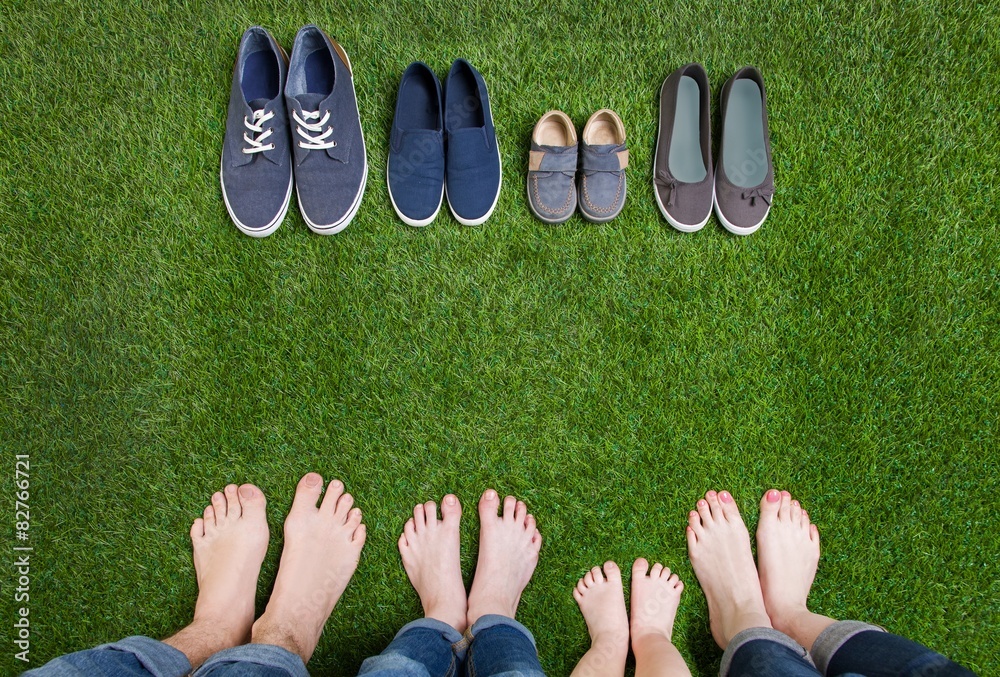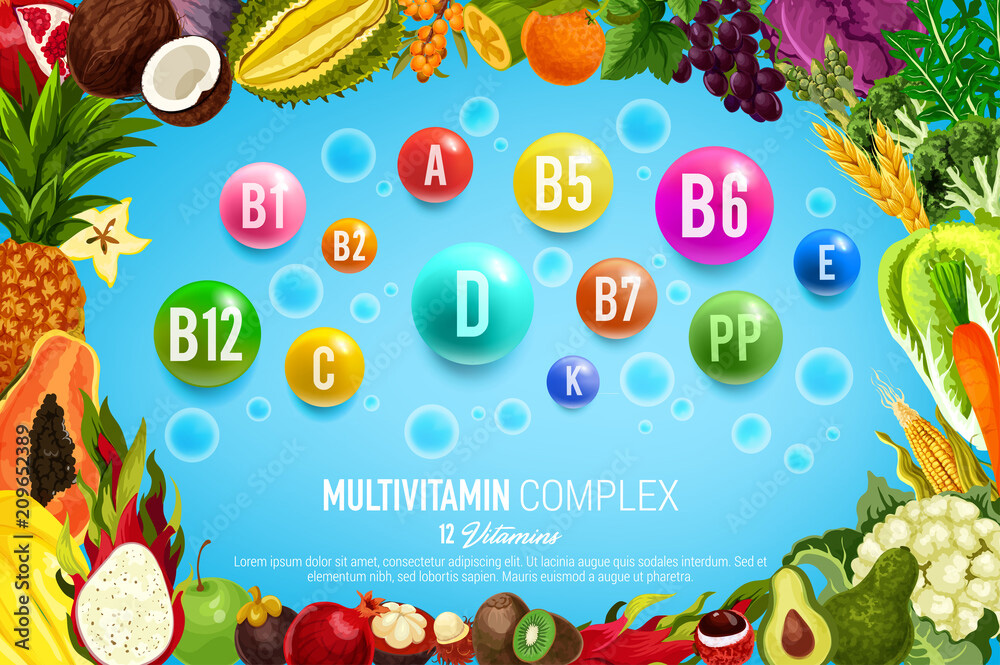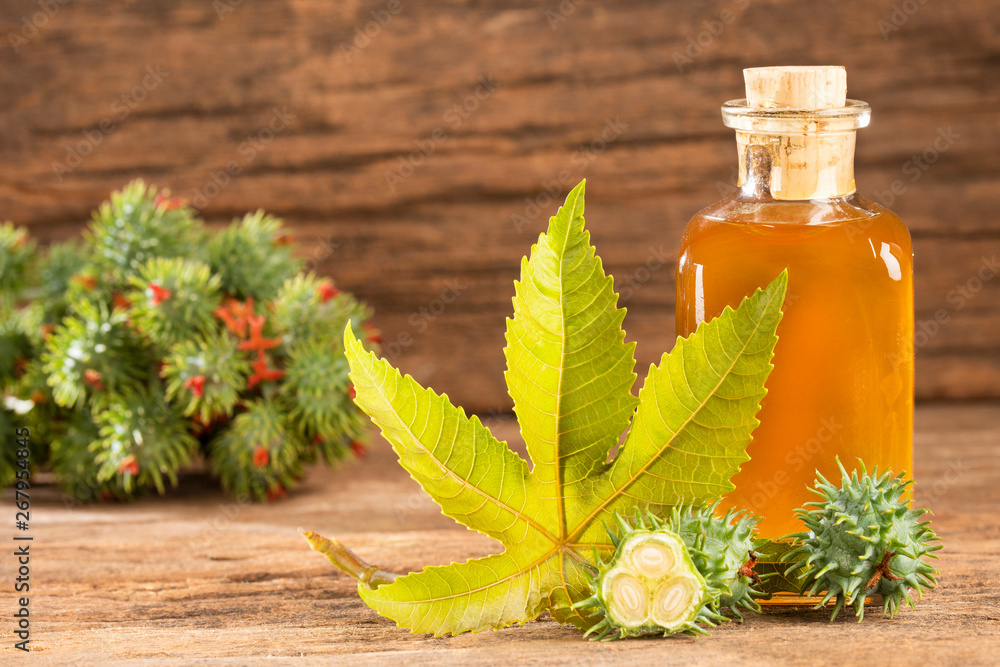“Barefoot” refers to the state of being without shoes or any form of footwear, such as sandals or socks. People go barefoot for various reasons, including comfort, convenience, cultural practices, and personal preferences. Here are some key points about going barefoot:
1. Comfort: Many people find walking or running barefoot to be more comfortable than wearing shoes, especially in natural and soft terrains like grass, sand, or carpet.
2 Health Benefits: Some proponents of barefoot walking or running argue that it can improve posture, strengthen foot and leg muscles, and promote a more natural gait. This practice is often associated with the “barefoot running” movement.
3 Cultural Practices: In some cultures and regions, going barefoot is common and traditional. People in these areas may be accustomed to walking without shoes in their daily lives.
- Comfort: Many people find walking or running barefoot to be more comfortable than wearing shoes, especially in natural and soft terrains like grass, sand, or carpet.
- Health Benefits: Some proponents of barefoot walking or running argue that it can improve posture, strengthen foot and leg muscles, and promote a more natural gait. This practice is often associated with the “barefoot running” movement.
- Cultural Practices: In some cultures and regions, going barefoot is common and traditional. People in these areas may be accustomed to walking without shoes in their daily lives.
- Connection to Nature: Going barefoot can provide a sense of connection to nature and the earth. It allows people to feel the texture and temperature of the ground beneath their feet.
- Beach and Water Activities: Many people prefer going barefoot when walking on the beach or participating in water activities like swimming, as it reduces the discomfort of wet and sandy shoes.
- Yoga and Martial Arts: Some forms of yoga and martial arts advocate practicing barefoot to improve balance and tactile awareness.
- Health and Hygiene Considerations: While going barefoot can have benefits, it’s essential to consider health and hygiene. Public places like streets, sidewalks, and some indoor locations can be dirty or potentially hazardous. In such cases, wearing shoes is advisable to protect your feet.
- Laws and Regulations: In some places, there may be laws or regulations that require footwear in certain settings, such as restaurants or businesses, for health and safety reasons.
- Foot Protection: In some environments, like construction sites or areas with sharp objects, wearing protective footwear is necessary to prevent injuries.
- Personal Choice: Ultimately, whether or not to go barefoot is a matter of personal choice and comfort. Some people enjoy the sensation of being barefoot, while others prefer the support and protection that shoes provide.
If you choose to go barefoot in public areas or unfamiliar environments, be aware of potential hazards, maintain proper foot hygiene, and be prepared to put on shoes when necessary for safety and health reasons.

“Barefoot footwear” is a term used to describe a category of shoes that are designed to mimic the feeling of walking or running barefoot while providing some level of protection for the feet. These shoes are often referred to as “minimalist shoes” or “barefoot-style shoes.” The idea behind barefoot footwear is to allow the foot to move naturally and maintain a closer connection to the ground, similar to being barefoot, while still offering some insulation from the elements and protection from potential hazards.
Here are some characteristics and considerations related to barefoot footwear:
- Thin Soles: Barefoot shoes typically have thin, flexible soles that allow the foot to feel the ground and adapt to its natural contours. This design aims to promote a more natural walking or running gait.
- Wide Toe Boxes: Many barefoot-style shoes have wider toe boxes, allowing the toes to splay and move freely. This design is believed to be more in line with the natural shape of the foot.
- Minimalist Construction: These shoes often have minimal cushioning, arch support, or other features commonly found in traditional athletic or casual shoes. The focus is on providing protection without interfering with the foot’s natural movement.
- Lightweight: Barefoot shoes are typically lightweight to enhance the feeling of being barefoot and reduce the weight burden on the feet.
- Variety of Styles: Barefoot footwear comes in various styles, including running shoes, hiking boots, casual shoes, and even dress shoes, allowing people to incorporate a more natural feel into their daily activities.
- Transition Period: If you’re used to wearing conventional shoes with significant arch support and cushioning, transitioning to barefoot footwear may require an adjustment period to allow your feet and muscles to adapt.
- Foot Strength: Advocates of barefoot footwear often claim that it can help strengthen the muscles of the feet and lower legs. However, it’s essential to start slowly and listen to your body during this transition to avoid potential overuse injuries.
- Terrain Consideration: When wearing barefoot shoes, you should be mindful of the terrain you’re walking or running on. They are best suited for natural surfaces like grass, dirt, or soft trails. On rough or rocky terrain, additional protection may be needed.
- Personal Preference: Whether or not barefoot footwear is suitable for you depends on your individual comfort, needs, and activities. Some people find them enjoyable and beneficial for certain activities, while others may prefer more conventional shoes for different purposes.
Before purchasing barefoot shoes, it’s advisable to research different brands and models to find the ones that best align with your intended use and foot shape. Also, consult with a healthcare professional or podiatrist if you have specific foot concerns or conditions that require specialized footwear.




Leave a Comment